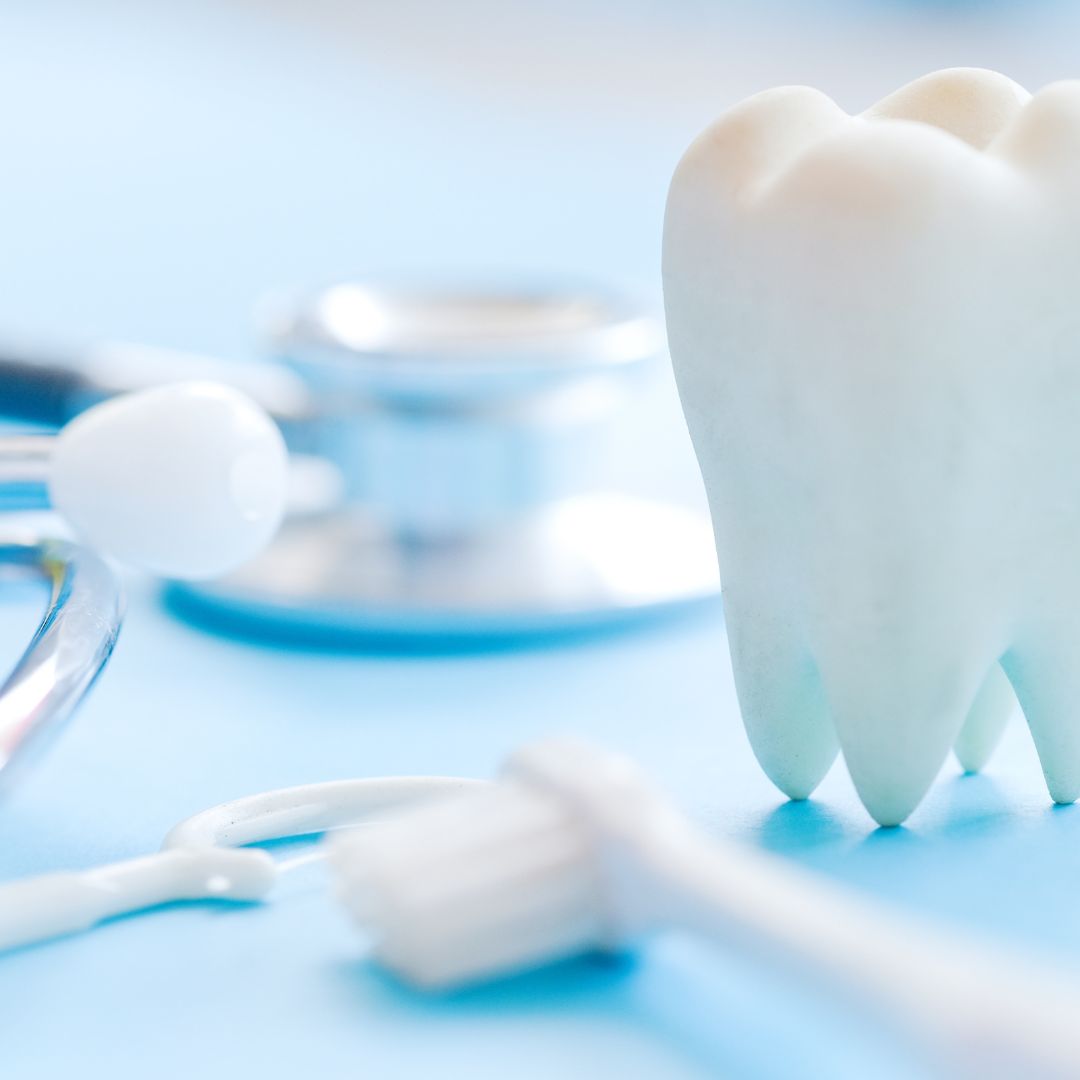The dental landscape is constantly evolving, integrating cutting-edge technology, innovative products, and progressive techniques for the betterment of practitioners and patients alike. For today’s practitioners and health-conscious individuals, staying abreast of these advancements is paramount. Let’s explore modern tooth care and several recent innovations in the dental industry to get a better idea of these developments.
The Long Evolution of Dentistry
The history of dental work is as old as humanity itself. Archaeological evidence suggests that as far back as 7000 BC, the Indus Valley Civilization practiced tooth drilling, utilizing primitive bow drills to treat tooth disorders. Today, dental care has transitioned from purely extractive and pain-management practices to preventive and corrective treatments, cosmetic dentistry, and, more recently, the integration of cutting-edge technology to enhance patient experiences and outcomes.
Recent Innovations in Dental Care
The dental industry has seen a surge in innovations aimed at enhancing diagnosis, treatment, and patient comfort. Below are some notable advancements.
3D Printing Technology
3D printing revolutionizes the production of dental prosthetics by allowing for the rapid production of crowns, bridges, and even orthodontic devices with precise fitment, significantly reducing waiting times for patients. This technology has also paved the way for the efficient production of custom implants, dentures, and surgical guides.
Digital Impressions
Moving away from the discomfort of traditional molds, digital impressions use scanners to create a highly accurate map of the mouth. This innovation not only increases comfort but also improves the accuracy of dental appliances and restorations. Additionally, dentists can digitally store patient records for future reference.
Laser Dentistry
Practices today use lasers for a variety of dental procedures, including cavity detection, gum reshaping, and the painless removal of soft tissue. Laser dentistry reduces the need for anesthesia, lessens bleeding, and speeds up recovery times. It also allows for more precise and minimally invasive procedures.
Teledentistry
Teledentistry expands access to dental care by allowing patients to consult with their dentists remotely. This is particularly beneficial for routine follow-ups and consultations, reducing the need for physical office visits. It also makes dental care more accessible to individuals in remote areas.
Artificial Intelligence in Diagnosis
AI algorithms assist in the early detection of conditions such as cavities, periodontal disease, and oral cancer through pattern recognition in imaging. This leads to earlier intervention and more successful outcomes. AI is also being used in treatment planning, helping dentists determine the most effective course of action for their patients.
Each of these innovations not only streamlines dental procedures but also significantly enhances patient experience and treatment outcomes.
The Future Is Now
Dental care’s trajectory is clear—it’s moving toward precision, comfort, and patient empowerment. By harnessing the power of technology, dental professionals are not only improving treatment outcomes but also crafting an experience that’s more informative and more in tune with patients’ needs and preferences. Successful dental practices need the latest technology to ensure their operations are as dynamic as the smiles they aim to perfect.
Celebrating a New Era in Dentistry
While recent innovations in the dental industry have come a long way, the advancements we witness today are just the beginning. The future holds immense promise as research and innovation continue to push the boundaries of what’s possible in dentistry, aiming for even less invasive procedures, quicker recovery times, and entirely personalized treatment plans.

